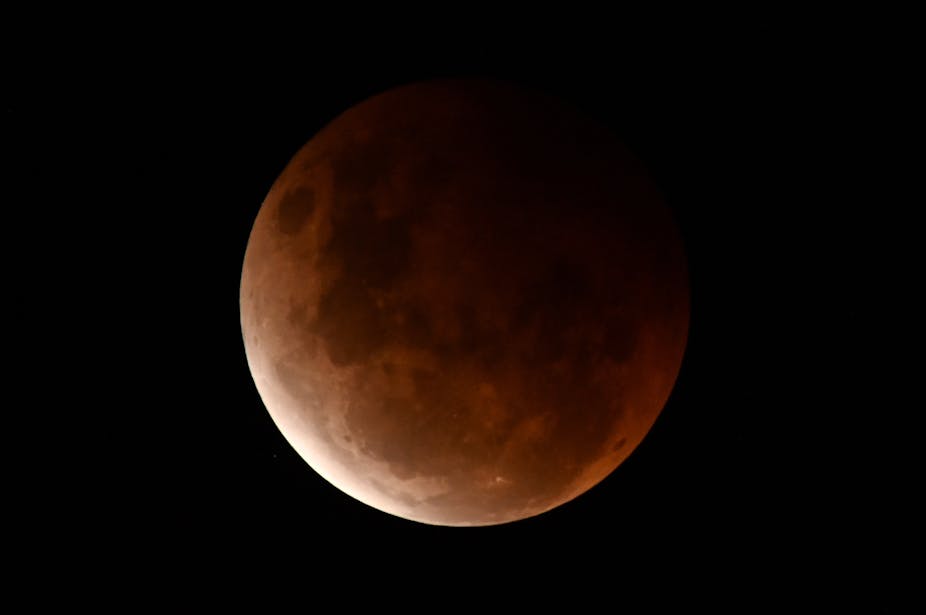Every month, we track what happened to The Conversation authors after we published their articles. Here are some of their stories from May 2021.
Expert knowledge reached thousands of readers
The story that garnered the most interest from our audience in May was Steven Freeland from Western Sydney University’s article about a giant piece of space junk hurtling towards Earth. It reached over 900,000 people, but thankfully the rocket debris didn’t. The article was republished by more than 30 other media outlets around the world including the ABC, The Weather Network, Science Alert and more, and 70% of its readers were from outside Australia.
The second most-read article in May was taken out by Deakin University epidemiologist Raina MacIntyre, with her piece on why COVID is surging in the world’s most vaccinated country. It has reached an audience of 799,758.
On social media, Tanya Hill from Museums Victoria’s article on May 26’s lunar eclipse was incredibly popular. It was shared on Facebook over 3,400 times, was featured in our most popular Instagram story of the month and was read by more than 536,000 people. Tanya was also interviewed by ABC local radio stations around the country.
Speaking of large audiences, the University of Sydney’s Cameron Webb notched up a big milestone in May. He has now reached a combined audience of 5 million readers across his 62 articles written for The Conversation. Congratulations Cam!
Making an impact around the world and in the local community
Our authors not only spread their expert findings to Australians and New Zealanders, but to international audiences too. For instance, after Western Sydney University’s David Rowe wrote about The Olympics as a platform for protest, he was interviewed for the BBC World Service as part of the broadcaster’s Heart and Soul programme.
Closer to home, UNSW President and Vice-Chancellor Ian Jacobs’ article about ovarian cancer reached an audience of over 152,000 and was featured in The Conversation’s most-popular Instagram post of the week. Ian said:
The response to the article has been extraordinary, both in the quantity of messages I have received and the generosity of those who have commented. Ovarian cancer patients and their families, researchers, clinicians, students and lots of lay people just interested in the topic and the story. It is a great example of the reach of The Conversation.
From a leading scientific researcher to a budding young one, five year-old Orlo asked us “Why does the sun’s bright light make me sneeze?” We got the University of Melbourne’s David Farmer to answer his question in a Curious Kids article. Orlo’s dad wrote to our Deputy Health + Medicine editor Liam Petterson:
Orlo loved it! Took it to school for his teacher to read to the class and everything. I’ve just written to David Farmer thanking him, and have made a donation to The Conversation to support these kinds of interactions for others in the future. Many thanks.
High-profile fans
Some scientific celebrities also shared their love of The Conversation — we’re quite chuffed.
Firstly, world-renowned environmental activist Greta Thunberg shared this article from our colleagues in the UK on the “dangerous trap” of net-zero emissions, describing it as “one of the most important and informative texts I have ever read on the climate and ecological crises.”
Finally, beloved Australian science educator Doctor Karl shared his appreciation of The Conversation, comparing us to coffee and Wikipedia in how essential we are to his daily routine. High praise!
If you’ve ever considered following Doctor Karl’s lead and donating to The Conversation, we urge you to please consider making a tax-deductible contribution today. Our end of financial year donations campaign is drawing to a close, and every dollar makes a difference.

